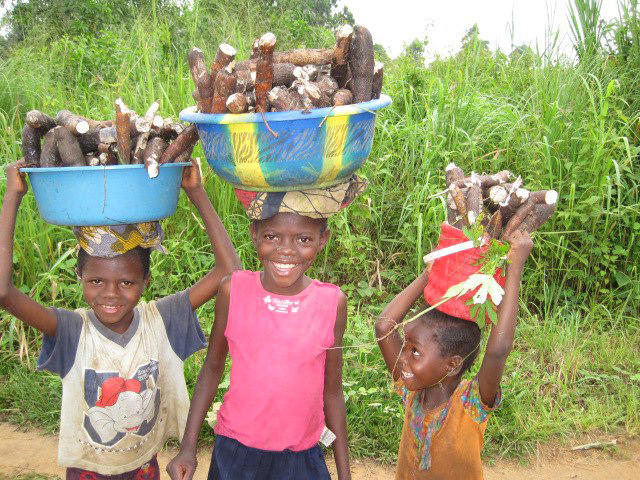2019 Lenten Snapshots
During the 2019 Lenten season, we’ll share the work of the Sisters of Notre Dame de Namur from around the world. We hope you in turn will share their work with your family, friends, students and faculty by email or by posting each Lenten Snapshot on a bulletin board. If you are interested in the Lenten Handout, please click here. Click here for the Lenten prayer card.
LENTEN SNAPSHOT #1
Water is a resource we often take for granted in the United States. This is not the case in Africa where almost one billion people lack clean water for sanitation, daily activities like cooking and brushing teeth and simply having clean water to drink. Because of the critical lack of safe water in Africa, life is difficult for our Sisters of Notre Dame de Namur and the people in the communities in which they reside.
In our Clean Water for Life video we show and describe the water situation in Africa, talk to our Sisters who live there and tell about the work underway to provide access to clean, safe water.
As a resource for students and adults, we have developed a discussion and activity guide to accompany the video. Teachers may use this Video Resource Guide to lead classroom discussions and activities about safe water and methods for improving unsafe water. The Video Resource Guide has sections for Primary, Elementary, Middle and High School students. There is also a section for adults.
Some points that may strike a chord in adults and students are these facts:
- Without readily available safe and clean water, getting water is a daily, time-consuming and laborious chore. Children must walk great distances to fill a container with water, often on the way to school, which decreases the amount of time available for learning.
- Lack of clean water is compounded by inadequate sanitation. This leads to diseases such as diarrhea, typhoid, dysentery and cholera. Villagers, especially children, can become very sick and often die from these diseases.
- Our Sisters are working to install photovoltaic systems in remote villages in Nigeria and Democratic Republic of Congo where they live and work. These sites provide much needed electricity and clean water to the hospitals, clinics, schools and communities in these villages where our Sisters serve the poorest of the poor.
- The main components in photovoltaic plants include solar panels to collect energy from the sun and convert it to electricity, batteries to store the electricity, water purification equipment to clean and treat water and a satellite dish or cellular service to obtain Internet access.
In this part of the world, there is an acute sense that water is the key to life.
We encourage you to watch the Clean Water for Life video and discuss the implications using the Video Resource Guide.


